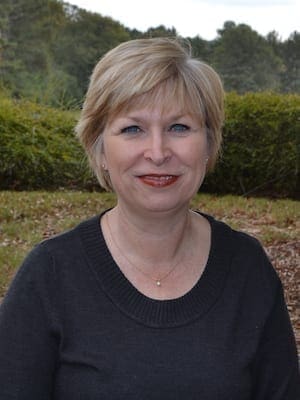In 1953, Moishe Rosen, a young Jewish man who had been a formidable opponent of the Christian gospel, accepted the teachings of Christianity and became a Christian. The next year, God called Rosen to minister to the Jewish people, so he enrolled in a Bible college.
During his senior year, he went to work as a full-time missionary for the American Board of Missions to the Jews (now Chosen People Ministries), which was then the world’s largest Jewish mission board. Rosen spent the next 10 years working among the Jewish population in Los Angeles, and during that period, more than 200 Jews became Christians.
In 1967, the American Board of Missions moved Rosen to New York to serve in an executive capacity. But three years later Rosen moved to the San Francisco bay area, where he served as a field missionary and implemented his own creative approaches to evangelism and communication within the Jewish community.
He rented an office in suburban Corte Madera, and with only a secretary and a handful of Jewish Christian “hippie” volunteers, he employed new evangelistic strategies based on insights gained in New York.
For example, he evangelized Jews without worrying about disapproval or rejection from Jewish community leaders. The displeasure of these leaders had hampered past evangelistic work, and Rosen was now convinced that the risk of conflict was a risk worth taking.
Rosen also provided quality literature for evangelistic efforts. Much of the available literature was poorly written and uninteresting, so Rosen produced a gospel tract that was humorous, easy to read and not “preachy.” Rosen’s volunteers produced and distributed 50,000 of these tracts a month. Contact information was provided on the back of the tract, and hundreds of people responded and asked for more information.
Finally, Rosen instructed his helpers to consider incorporating elements of their own Jewish culture in their evangelistic efforts. The volunteers responded by writing Jewish melodies to sing praise to Jesus. On Jewish holidays, such as Passover and the Day of Atonement, they spoke of Jesus as the Lamb of God and as the atonement for sin.
Instead of retreating from their Jewishness, they embraced it and shared their respect and love for their Jewish heritage as they continued to evangelize other Jews.
Rosen’s group of Jewish missionaries and evangelists did not have a name, but the members soon invented a slogan which would let people know that Jewish people could, and many did, believe in Jesus. The slogan was simple and direct: Jews for Jesus.
It soon became the name of their organization, and in 1973, the group founded a new and separate missionary organization and named it “Jews for Jesus.” Within three years, “Jews for Jesus” had become the largest mission to the Jews in modern times.
Rosen served as the executive director of Jews for Jesus from 1973 until 1996. He continues to work full time and serves on the board of directors. In 1996, David Brickner, a fifth-generation Jewish believer in Jesus, was appointed executive director.
Jews for Jesus is now a large, well-organized ministry. Its international headquarters is in San Francisco, Calif., with branch locations throughout the world.
The ministry’s message: Jesus is the Messiah. It takes this message to Jewish populations in urban areas. Methods used to carry this message include: producing and distributing pamphlets, newsletters and books; organizing witnessing campaigns in large metropolitan areas; writing Jewish gospel music and dramas to use in street witnessing campaigns; placing full-page gospel proclamations in major newspapers and magazines; renting billboards for evangelistic messages; and setting up a web site (www.jewsforjesus.org/) which has sections for Jewish Christians and for seekers.
Pam Durso serves as assistant professor of church history and Baptist heritage at Campbell University Divinity School in Buies Creek, N.C.

